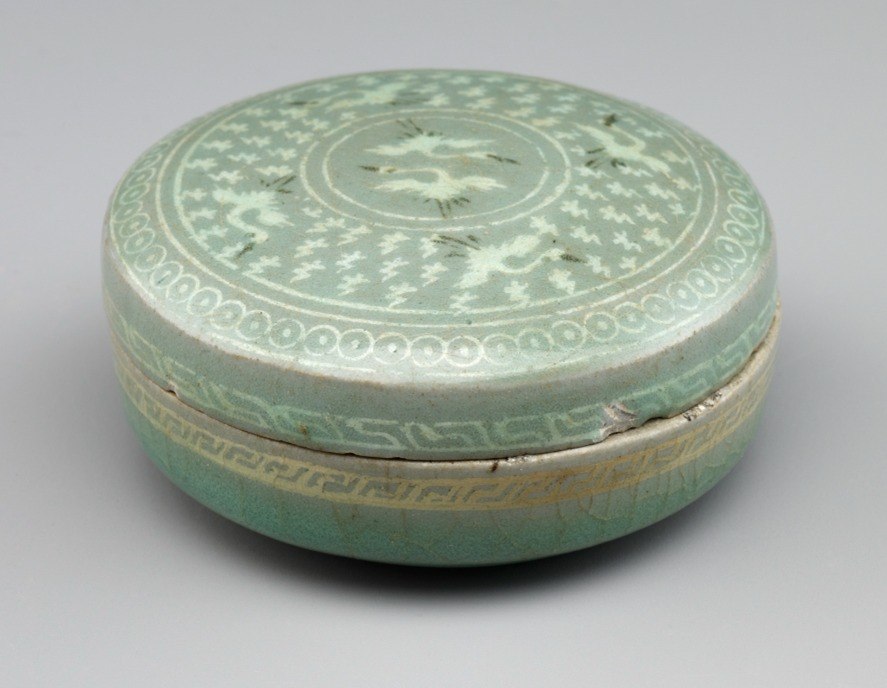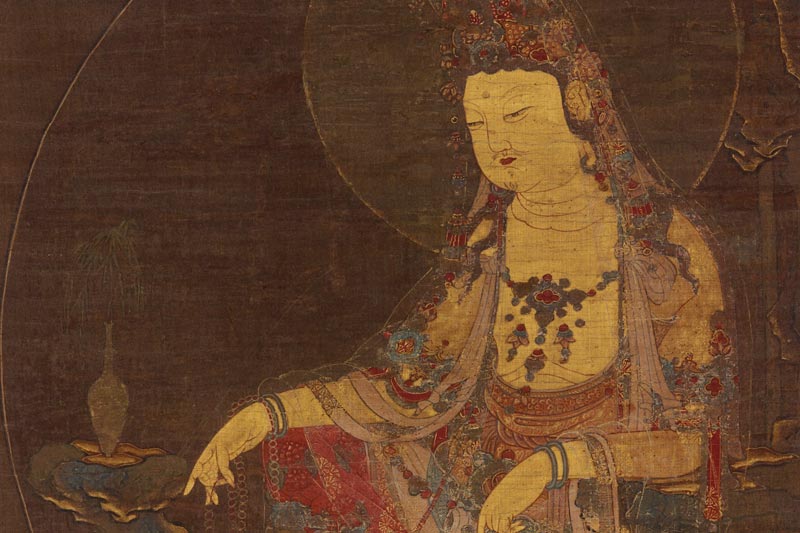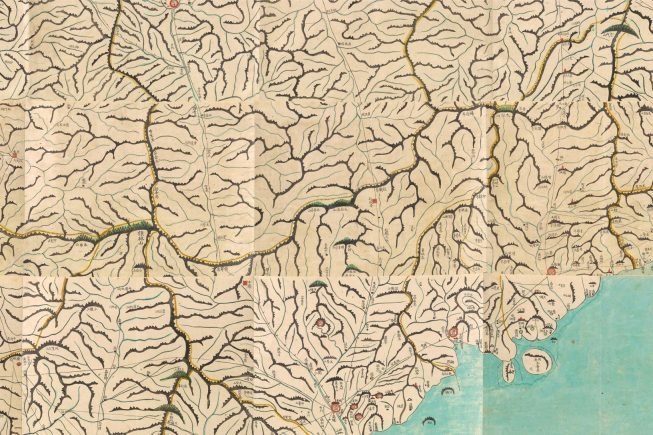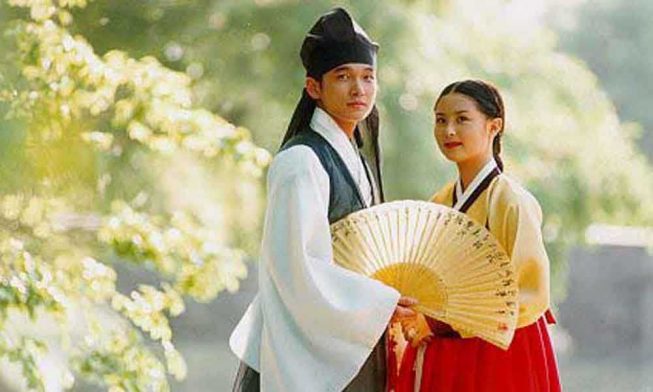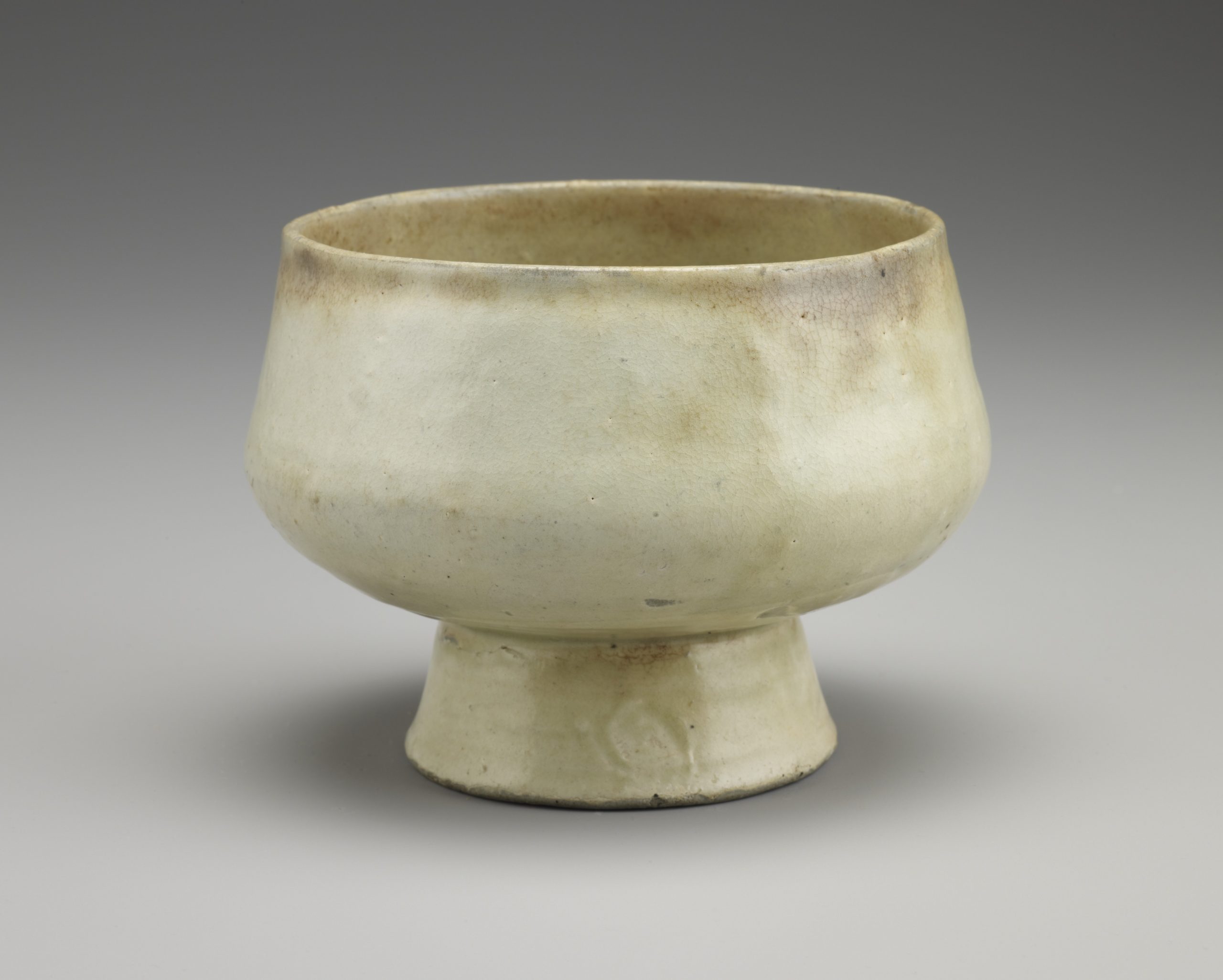The Korean festival of Chuseok (literally, “autumn evening”) is celebrated in the eighth month of the lunar calendar when the moon is at its fullest. Associated with the harvest, the festival is a time for families to gather and give thanks to their ancestors. The origins of Chuseok can be traced back to the ancient Silla kingdom some two thousand years ago. Together with Lunar New Year, it is one of the most important holidays in Korea and is marked by many traditions.
On the morning of Chuseok, families honor their ancestors with memorial services called charye and visit the graves of loved ones. During these ceremonies, families offer food and wine made with fresh fruits and newly harvested crops. The most characteristic dish of the day is songpyeon, a rice cake shaped like a half-moon and stuffed with fillings, such as sweetened sesame seeds, mung beans, or red bean paste. In the evening, everyone makes wishes on the full moon at its brightest.
Also known as the Mid-Autumn Moon Festival, the holiday is widely celebrated throughout East and Southeast Asia. Celebrants in each country observe the holiday with their own unique traditions.






